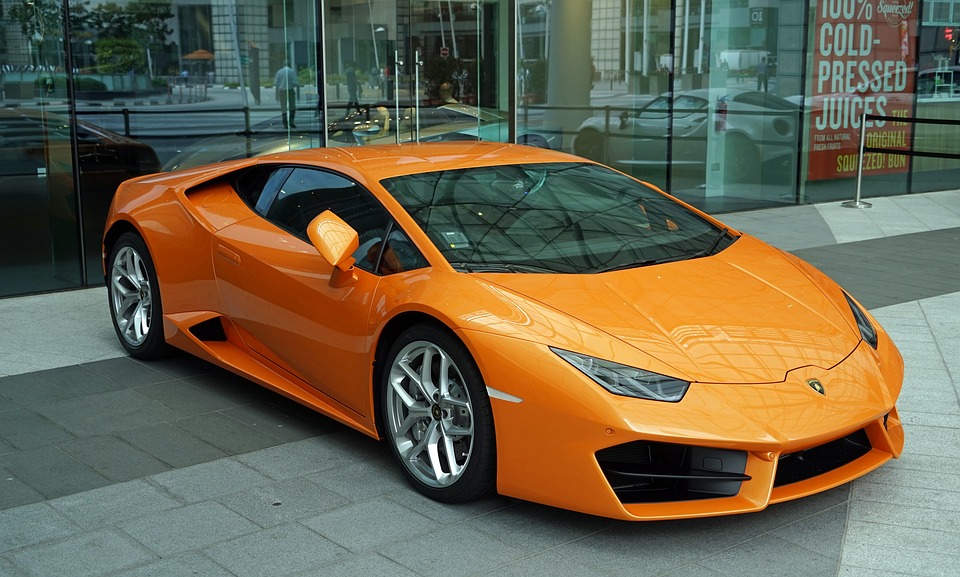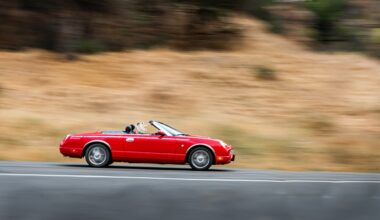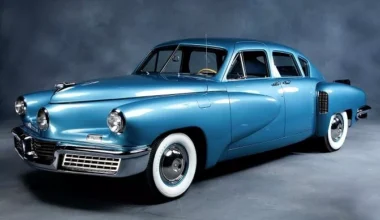As technology advances at such a rapid speed, the automotive industry has seen a tremendous transformation in car features and functionality.
From the early days of the vehicle to the present day, several advancements have altered the driving experience and moved the industry ahead.
Despite this quick growth, several automotive characteristics that were previously deemed cutting-edge have become obsolete, giving way to newer technologies and shifting consumer desires.
In this essay, we will dig into the interesting world of automotive history, with a particular emphasis on the transition and extinction of once-popular car characteristics.
From the basic origins of manual starting cranks to the complex technologies seen in today’s automobiles, the evolution of outmoded car features provides a window into the ever-changing environment of automotive design.
One of the primary causes for the obsolescence of automotive features is the steady march of technology. Electric starters, fuel injection systems, and automated gearboxes are examples of innovations that have transformed how we interact with our automobiles.
These innovations have increased convenience while simultaneously improving safety, efficiency, and performance.
As a result, antiquated elements such as starting cranks, carburetors, and manual transmissions have steadily gone into automotive history, being replaced by more efficient and user-friendly alternatives.
Furthermore, changing customer preferences have played a crucial role in making some features outdated. As people’s lifestyles and driving habits evolve, so do their expectations for cars.
The need for comfort, convenience, connectivity, and safety features has resulted in the decline of earlier technology such as running boards, wing windows, and non-collapsible steering columns.
The need for individualized experiences has propelled the transition from bench seats to individual bucket seats, while the advent of digital media has rendered cassette and CD players obsolete.
In the following sections, we will look at a thorough list of 8 Obsolete Car Features We Feel Nostalgic About, examining why they have disappeared and how their replacements affect the driving experience.
Join us on this fascinating voyage through automobile history, from the lowly cassette player to the manual steering wheel, as we unearth the stories behind these once-revered innovations that have now gone obsolete.
So strap your seatbelts and get ready for a nostalgic voyage down memory lane as we uncover the intriguing story of outmoded car characteristics and watch the astonishing change of the vehicles we know today.
ALSO READ 10 of the Best Audi Car Models on the Market
8 Obsolete Car Features We Feel Nostalgic About
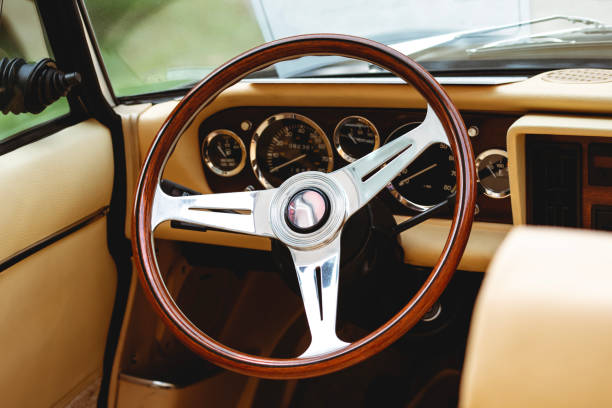
1. Manual chokes.
Carbureted engines required manual chokes to function properly. During cold starts, they adjusted the airflow into the carburetor to control the air-fuel mixture.
As fuel injection systems supplanted carburetors, automatic chokes became the standard, removing the need for human adjustment. Fuel injection systems provided precise control and efficiency, rendering manual chokes unnecessary.
2. Running boards
Running boards were a useful feature for early vehicles, adding an extra step to help passengers access and exit higher-bodied vehicles.
They were placed along the sides of the vehicle, stretching outward from the body. However, as automobile designs changed, running boards became less necessary.
Lower automobile heights, along with the incorporation of steps into the body design or the use of retractable side steps, eliminated the need for additional running boards.
3. Hand crank starters
In the early days of automobiles, hand crank starters were the primary means of starting the engine. Motorists would physically revolve a crank to start the engine, which required physical labor and occasionally caused injury.
However, technological developments resulted in electric starters, which rendered hand crank starters obsolete. Engines may be easily started with the press of a button or the twist of a key, removing the need for physical labor.
4. Bench seats
Bench seats, a feature of historic automobiles, provided a single continuous seat without individual partitions. They enabled increased seating capacity and a sense of community among guests.
However, changing customer preferences for individual comfort and customisation resulted in the progressive decline of bench seating. Bucket seats became popular due to their ergonomic design and adjustable features, which provided increased support and personal space for both the driver and the passengers.
ALSO READ Revving Through History: 8 Vintage Muscle Cars You Must Drive Before You Go
5. Hand-operated windshield wipers.
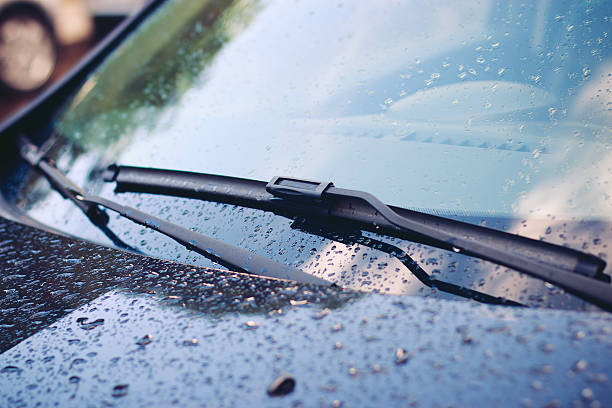
Windshield wipers were originally operated manually by a lever or handle inside the car. Drivers had to actively move the wiper across the windshield to remove rain or debris.
However, developments in car technology resulted in electric windshield wipers, which operated automatically and more efficiently. With the capacity to change speed and intermittent wiping, electric windshield wipers became the norm, making hand-operated wipers obsolete.
6. Vent windows.
Vent windows, or wing windows, were small, triangular windows positioned near the front windows of cars. They increased ventilation and airflow within the cabin.
However, developments in car air conditioning systems, which provide improved climate control, have led to a decrease in the necessity for vent windows.
Sealed cabins with efficient cooling and heating systems became the standard, making vent windows unnecessary.
7. Tail fins
Tail fins were a popular design feature in automobiles in the 1950s and 1960s. They were extended, upward-extending devices located in the back of the vehicle.
Tail fins were mostly cosmetic, designed to convey a sense of speed and aerodynamic style. However, changing design trends and shifting consumer tastes resulted in their gradual demise.
Automobile manufacturers turned toward sleeker, more streamlined designs, eschewing showy tail fins in favor of a more modern and elegant appearance.
8. Cassette players
Cassette players transformed in-car entertainment by enabling drivers and passengers to listen to music on the go. They were frequently utilized in vehicles from the 1970s until the 1990s.
However, the introduction of CDs, followed by digital music formats and streaming services, rendered cassette players obsolete.
Compact and digital music storage methods provided greater sound quality and ease, resulting in the incorporation of CD players, MP3 players, and, finally, Bluetooth connectivity into modern automobile audio systems.
ALSO READ Beyond Luxury: Top 10 most expensive car brands in the world
Conclusion
In conclusion, the growth of car features has resulted in substantial modifications to the design, functioning, and safety of current vehicles.
As previously discussed, features like hood decorations, manual antennas, and manual external mirror adjustments have become less frequent or outdated in today’s vehicle scene.
The focus on pedestrian safety, technological developments, and the need for convenience all contributed to the replacement of these characteristics.
These developments demonstrate the car industry’s dedication to safety, innovation, and customer happiness. Car manufacturers have effectively integrated sophisticated technologies and improved design aesthetics in response to changing rules and market needs.
The obsolescence of these elements serves as a reminder of how far vehicle technology has come. As we look ahead, it is clear that the automobile sector will continue to embrace new innovations and adapt to shifting demands.
The emphasis on safety, convenience, and efficiency will guide the development of future automotive features.
Whether it’s the introduction of self-driving systems, improved connection capabilities, or sustainable powertrain technologies, the growth of automobile features will be a recurring theme in the rapidly changing automotive market.
So, as we say goodbye to the nostalgic appeal of defunct automotive features, let us celebrate the fascinating developments that define the vehicles we drive today and tomorrow.
With each passing era, the automotive industry gets closer to developing safer, smarter, and more sustainable transportation solutions.
Obsolete automotive features have given way to advancement, leaving their mark on the history of cars. As we move on, we commemorate their achievements and look forward to the future, certain that tomorrow’s cars will continue to exceed our expectations in terms of safety, technology, and overall driving experience.

